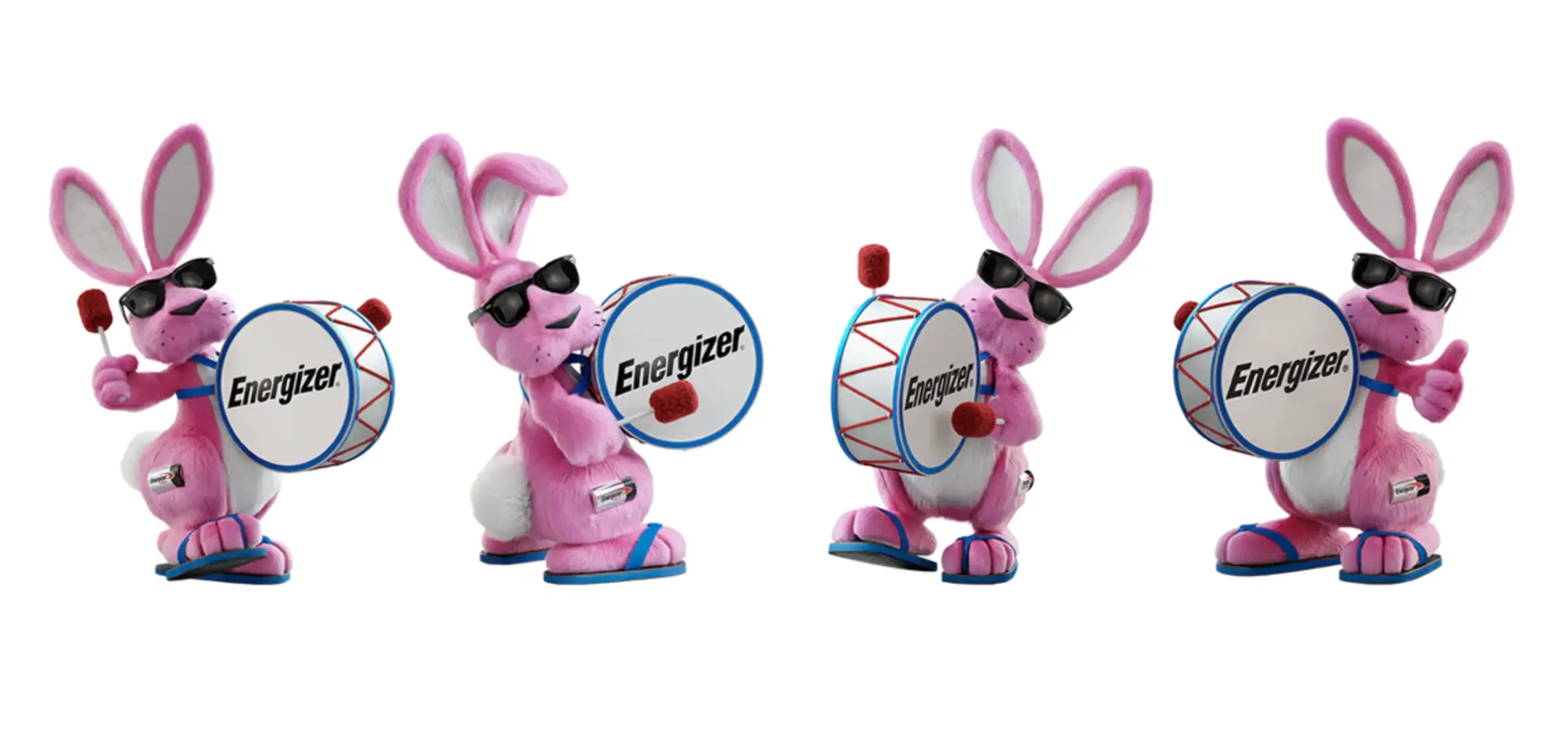Whole Foods Marketing Strategy 2025: A Look at the Health-Crazed Grocery Store
Updated on
Published on
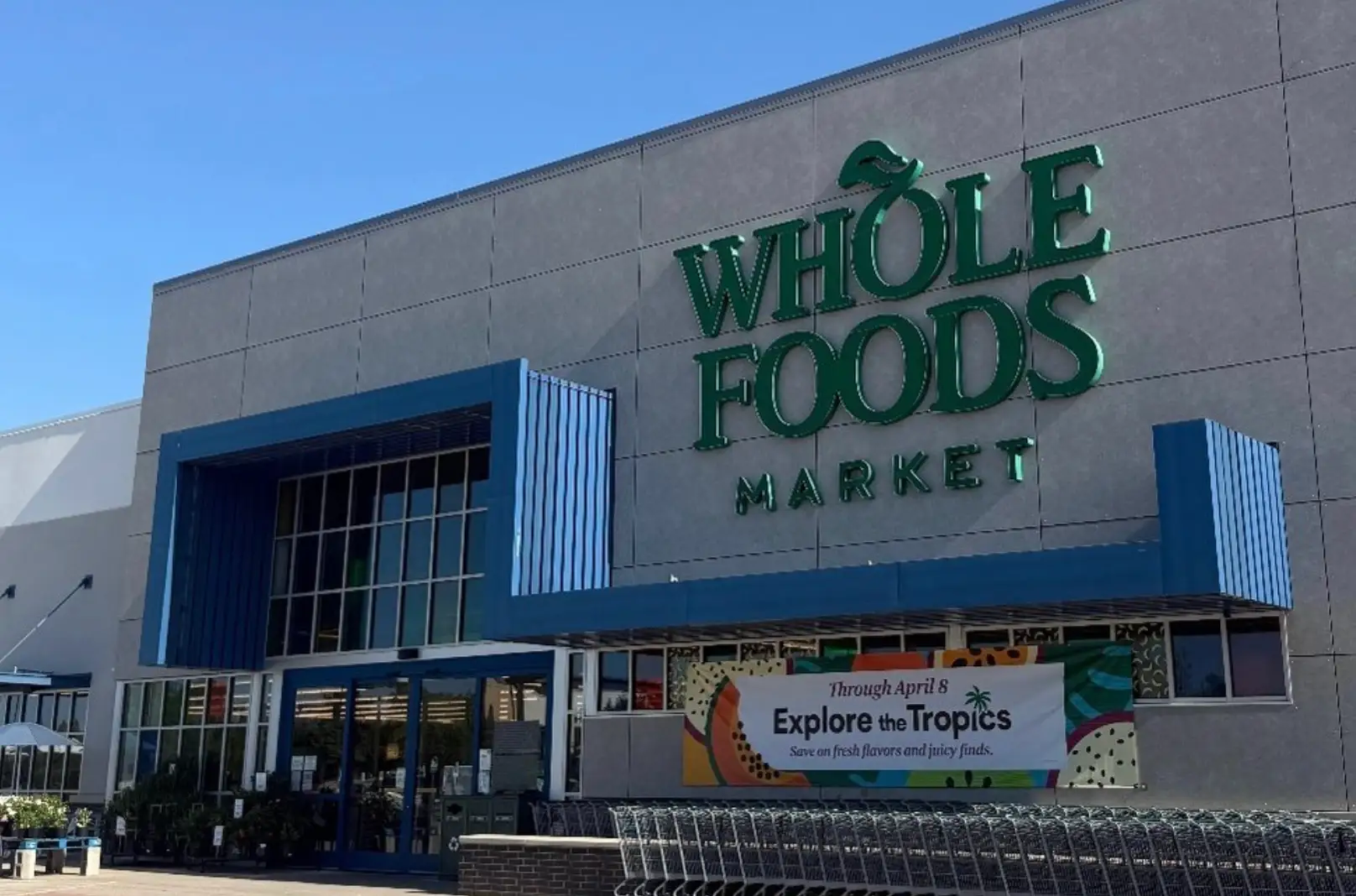
Whole Foods marketing in 2025 is doing two things at once: tightening what makes the brand unmistakable (ingredient standards, mission-led storytelling, values like local and regenerative) while getting much more flexible in how, where, and how fast it shows up. The company is rolling out smaller “Daily Shop” stores for urban trips, pushing its 365 and Exclusive Brands lines into new regions, using trends content as always-on PR, and leaning further into Amazon’s logistics, media, and membership engine. The playbook is still premium and principled—but it’s also faster, closer, and more omnichannel than at any point since the Amazon acquisition.
At a glance
- Standards-led identity: Clear “what’s in / what’s out” messaging anchors trust across every touchpoint—core to Whole Foods marketing.
- Daily Shop expansion: Smaller, quick-trip stores put the badge on more corners without losing quality—“same standards, smaller trip.”
- 365 value engine: Private-label growth (365 + Exclusive Brands) delivers approachable price points that still meet the bar—key to Whole Foods marketing strategy.
- Trends as content fuel: The annual Top Food Trends report powers monthly displays, short videos, recipes, and shoppable lists.
- Maker discovery: LEAP accelerator spotlights local and emerging brands—“discover new, backed by our standards.”
- Amazon/Prime integration: Faster delivery, smoother pickup/returns, and visible Prime perks turn convenience into part of the promise.
- Younger missions: Simple, quick baskets (“Dinner under $25,” “3-item breakfasts”) and short-form demos meet Gen Z and busy households.
- Creative style: Bright, ingredient-forward visuals; one claim, one proof, one action—premium voice, striking copy.
Brand identity: lead with standards, show the value
Whole Foods marketing starts with a simple promise: strict quality standards and clear labels. That’s the core of the Whole Foods marketing strategy in 2025. The brand keeps reminding shoppers what’s not allowed (hundreds of banned ingredients), then connects that promise to everyday prices with 365 by Whole Foods Market and seasonal promos. It’s still premium, but explained in a way that feels practical and transparent. (Whole Foods Market)
- Focus the headline on standards first, then mention 365 or promos for value.
- Use plain labels and close-up ingredient visuals to make trust easy.

Formats: “Daily Shop” puts Whole Foods on more corners
Whole Foods launched smaller Daily Shop stores (roughly 7k–14k sq ft) for quick trips in dense neighborhoods. This format compresses the experience—top sellers, grab-and-go, coffee, and local picks—while keeping Whole Foods quality. It also pairs well with Amazon services like easy returns and fast pickup, which strengthen convenience without losing the brand’s identity. (Whole Foods Market)
- Message: “Same standards, smaller trip.”
- Merchandise for tonight’s dinner + tomorrow’s coffee to drive baskets.
Content engine: trends as always-on storytelling
The annual Top Food Trends report is a built-in PR machine. In 2025, Whole Foods marketing turns those trends into month-by-month features, endcaps, recipes, and social content. It’s editorial that sells: short videos, shoppable lists, and maker spotlights that explain why a product fits the trend—and how to use it at home (Whole Foods Market). Whole foods collaborated with influencers and even celebrities like Jennifer Lopez.
- Post a “Trend of the Month” with a 3-item bundle and quick recipe.
- Reuse the same story across email, social, and a store display.
Private label + suppliers: discoverable and dependable
Private label (365 and specialty Exclusive Brands) keeps growing, giving shoppers trusted, lower-price entries into the aisle. At the same time, the LEAP accelerator brings new local and emerging brands into stores. Together, this supports the Whole Foods marketing strategy of “discover new things, backed by our standards.” (Whole Foods Market)
- Pair a 365 staple + LEAP maker in one display to show choice and value.
- On product pages, add an auto “365 swap” for budget-friendly alternatives.
Shopper shifts: younger trips, clearer value cues
More Gen Z and younger families are shopping Whole Foods for quick meals, wellness, and snacks. Whole Foods marketing responds with simpler missions (“Dinner Under $25,” “3-item breakfasts”) and short-form videos that show exactly what to grab. The tone is friendly and practical: standards stay high, but the path to a good basket gets shorter.
- Create mission lists (e.g., “$20 pasta night”) that fit one small bag.
- Use store maps or shelf flags so the mission takes five minutes.

Amazon effect: convenience is part of the brand
Amazon’s network is now a visible piece of Whole Foods marketing. Faster delivery areas, better pickup, returns in store, and Prime perks make the brand easier to use. The message isn’t “tech for tech’s sake”—it’s “better access to better food.” Operations and marketing finally talk the same language. (WSJ)
- Say “Prime perks + standards = easier healthy habits.”
- Surface delivery ETA and fees early so the decision feels simple.
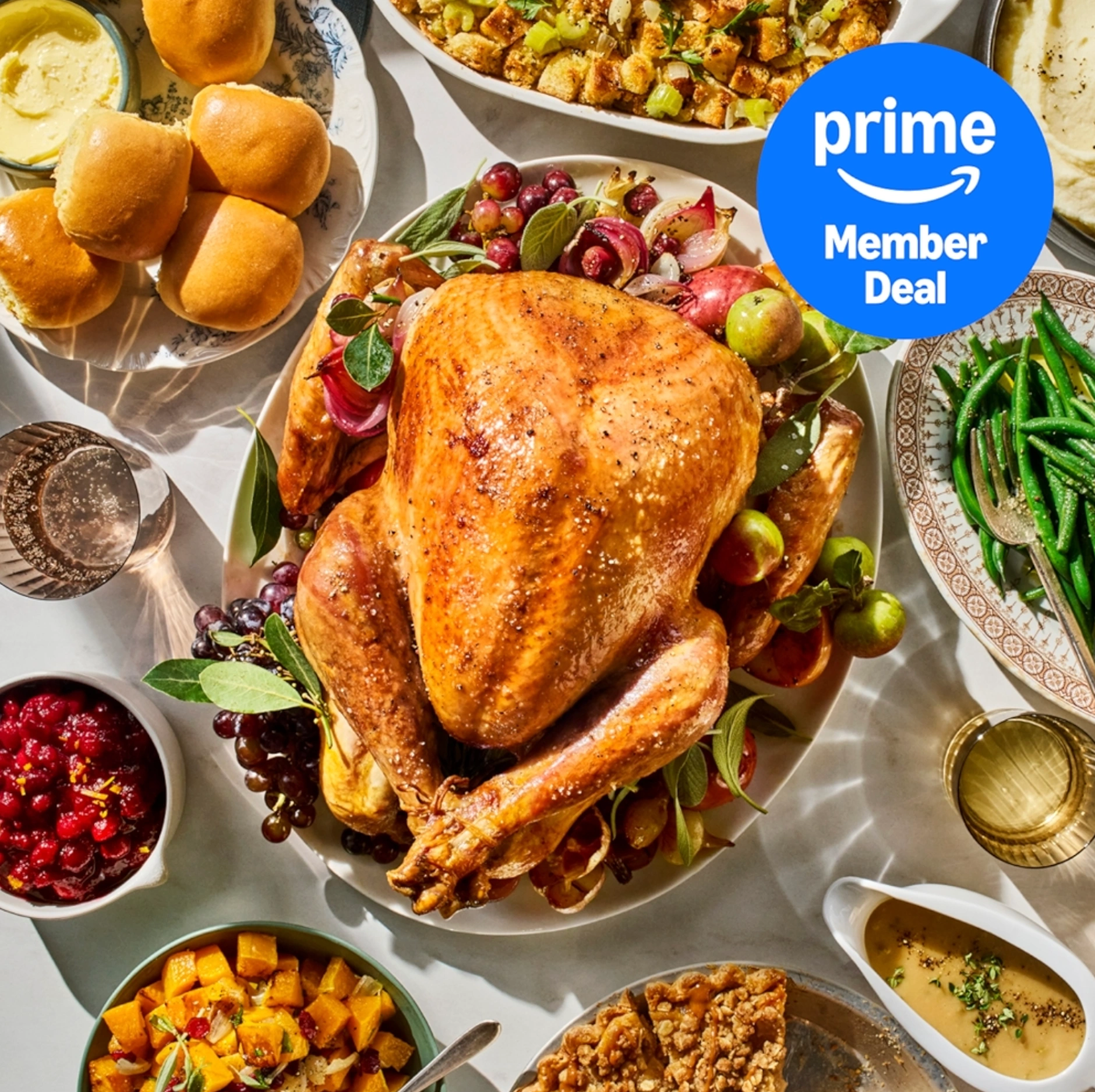
Campaign look & voice: bright, human, literal
Creative style leans bright and ingredient-forward; copy is short and concrete. Whole Foods marketing avoids jargon and shows the proof (labels, certifications, maker quotes). Seasonal windows tie back to trends, Daily Shop openings highlight local flavor, and 365 gets warmer, more approachable price language.
- One claim, one proof, one action on every ad or card.
- Keep labels visible in photos to anchor trust.
What shoppers actually see in 2025, going into 2026
Expect more neighborhood Daily Shop doors, more 365 options in core categories, trend-based displays, and “meet the maker” features tied to LEAP. Online, you’ll see shoppable trend hubs, 365 swaps baked into recipes, and clearer delivery promises through Amazon surfaces.
- Quick hooks: “Dinner in 20,” “Under $25 basket,” “Trend of the Month.”
- Put Prime badges and delivery windows right on the product grid.
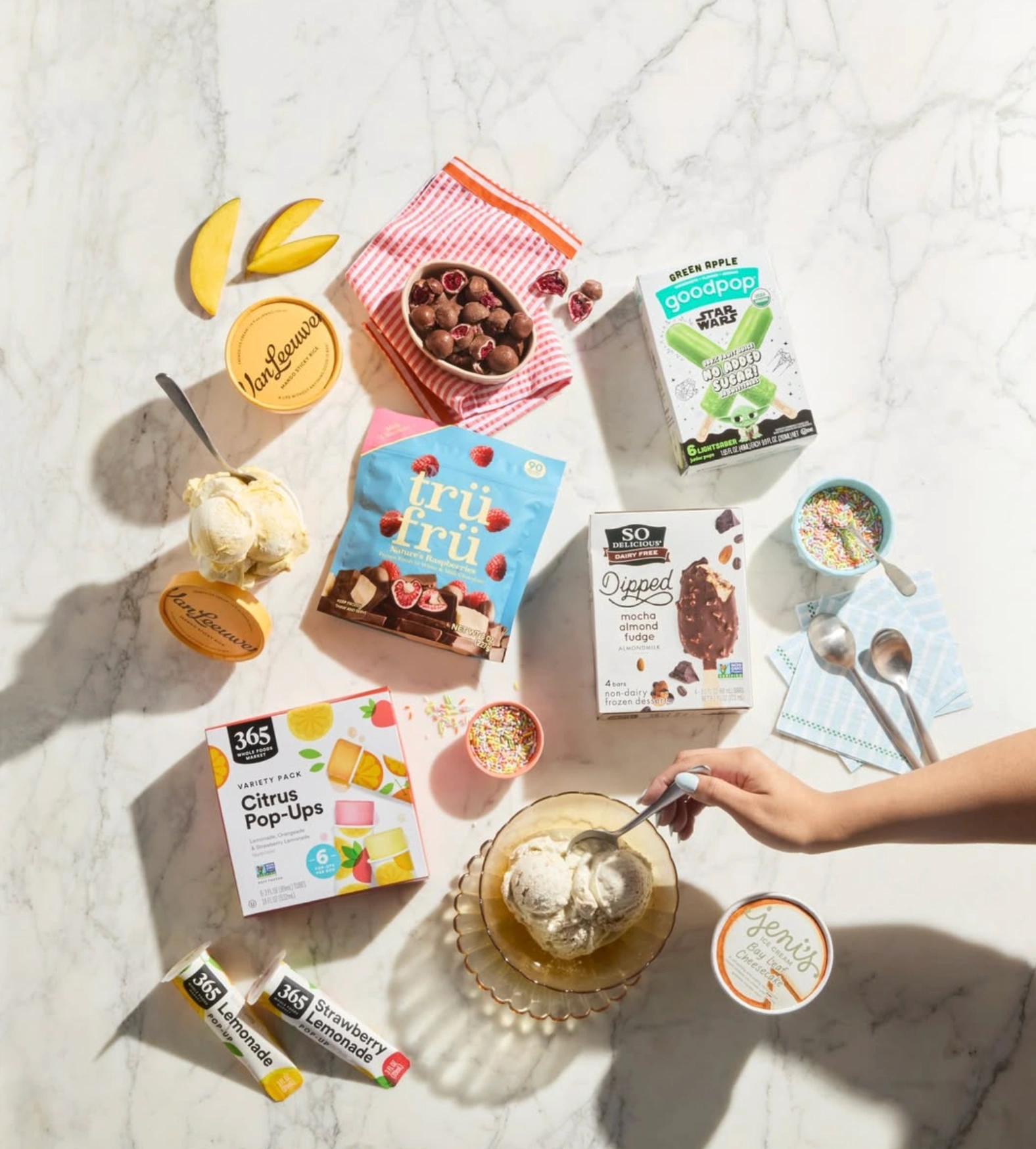
Risks & watch-outs (and how marketing helps)
As competitors copy “clean” language, Whole Foods must keep the standards list evolving and easy to read. Daily Shop must feel like Whole Foods, not just “another convenience store.” Price talk should be honest—value through 365 and promos—without undercutting the premium promise.
- Keep standards up-to-date and plain-English (what’s out and why).
- Balance value messages with a reminder of ingredient rules.
Premium—with a wider doorway
The 2025 Whole Foods marketing strategy is simple: protect the identity (standards), multiply access (Daily Shop, Amazon, delivery), and tell one clear story across channels (trends, 365, LEAP). That makes Whole Foods marketing both premium and practical—easy to try on a Tuesday, impressive enough for a weekend shop.
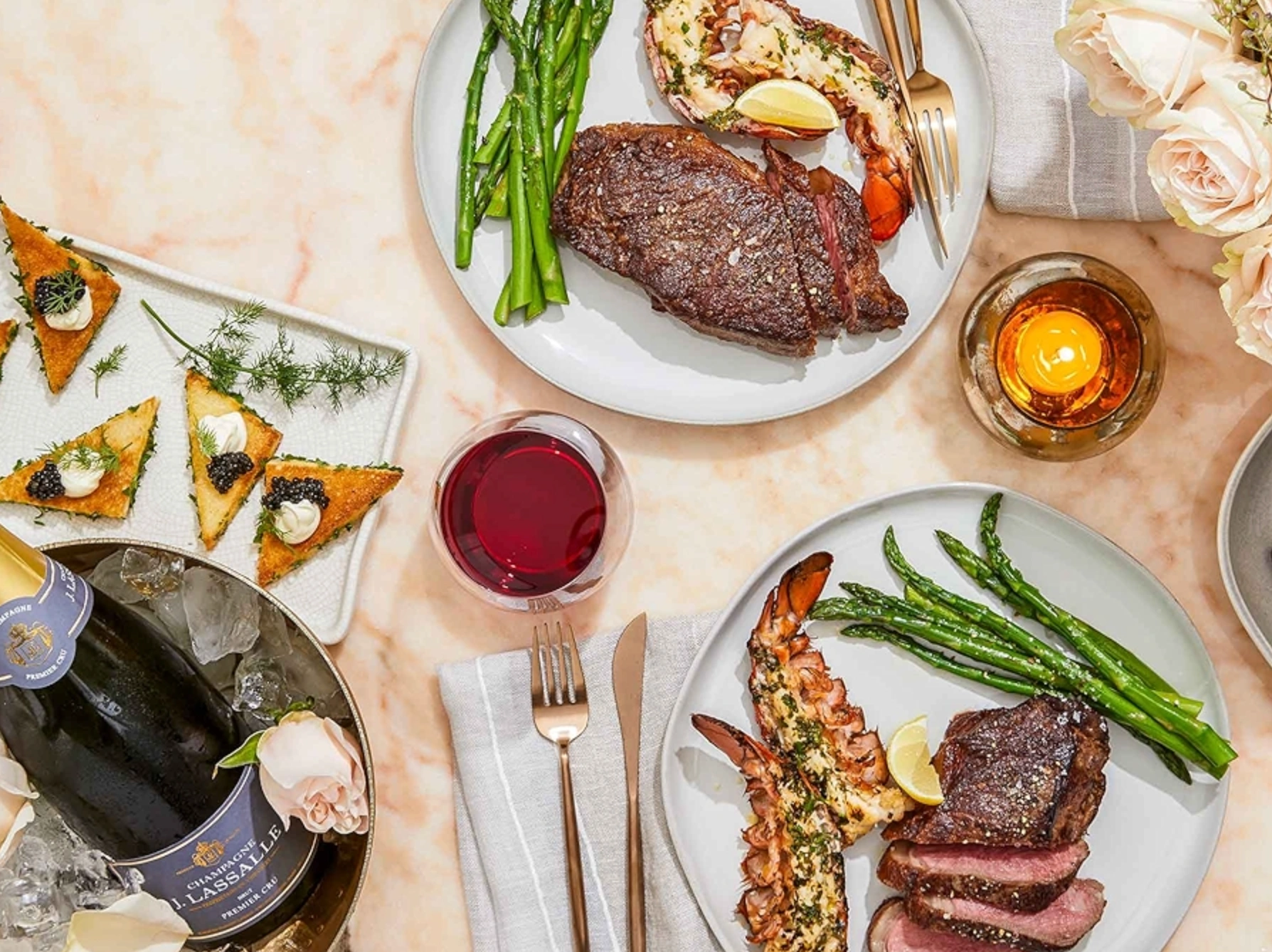
FAQ
What is the Whole Foods marketing strategy in 2025?
A standards-led, access-everywhere plan that pairs strict ingredient rules with smaller stores, 365 value, and Amazon/Prime convenience.
How does Whole Foods marketing keep the brand premium yet practical?
It leads with quality standards, then shows affordable 365 options and quick trip missions.
What is the Daily Shop format?
A smaller, quick-trip Whole Foods with the same standards plus fast grab-and-go and Amazon services.
How does 365 by Whole Foods Market support value?
It delivers lower price points that still meet Whole Foods’ ingredient standards.
What will customers notice most in 2025 and 2026?
More neighborhood Daily Shops, more 365 options, trend-based merchandising, and clearer delivery promises.





